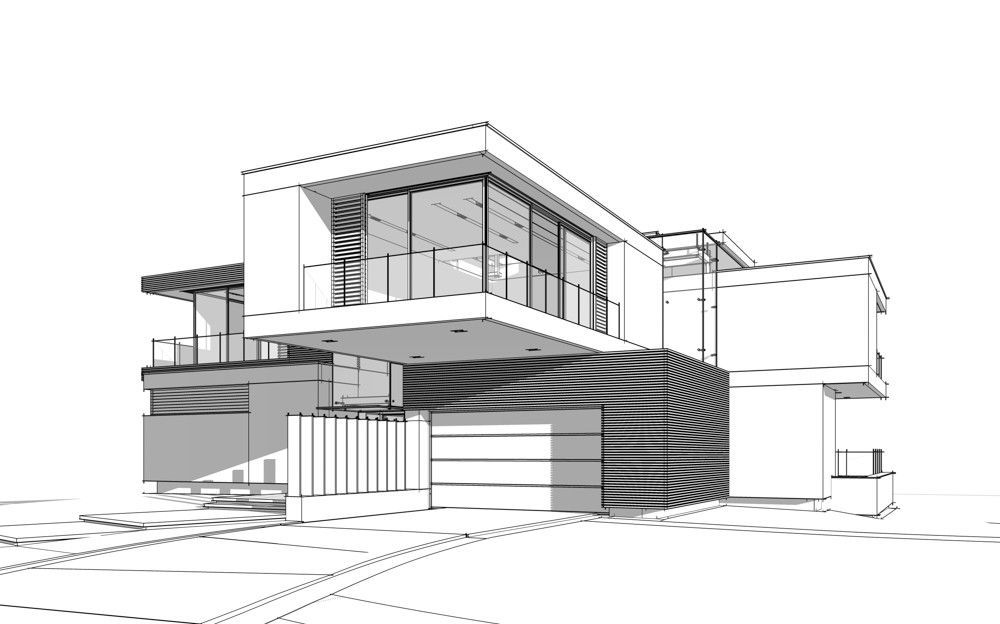
Designing a space, product, or building is an intricate process that demands a blend of creativity, technical knowledge, and strategic thinking. Whether you’re an experienced architect, interior designer, or a novice in the field, these top 10 tricks will help you streamline your design process and achieve outstanding results.
1. Understand the User’s Needs
Before you even begin sketching, it’s crucial to understand who will use your design. Conduct thorough research and engage with your client to grasp their needs, preferences, and lifestyle. This user-centric approach ensures your design is functional and resonates with the end-users.
2. Embrace Minimalism
Less is often more in design. Embrace minimalism by focusing on simplicity, clean lines, and functional elements. This approach not only creates aesthetically pleasing spaces but also enhances usability and reduces clutter.
3. Prioritize Functionality
A design that looks good but doesn’t work well is a failure. Prioritize functionality by ensuring every element serves a purpose. This includes considering the flow of movement, ergonomics, and accessibility.
4. Balance Aesthetics and Practicality
Striking a balance between beauty and practicality is essential. While it’s important to create visually appealing designs, they should also be durable, easy to maintain, and fit within the client’s budget.
5. Leverage Technology
Utilize the latest design software and tools to create detailed and accurate representations of your concepts. Virtual reality (VR) and augmented reality (AR) can provide immersive experiences, allowing clients to visualize the final product before it’s built.
6. Focus on Sustainability
Sustainable design is not just a trend but a necessity. Consider eco-friendly materials, energy-efficient solutions, and sustainable practices throughout your design process. This not only benefits the environment but also adds value to your project.
7. Pay Attention to Lighting
Lighting can dramatically impact the mood and functionality of a space. Incorporate natural light wherever possible and complement it with well-planned artificial lighting. Consider the type, intensity, and placement of lights to enhance the overall design.
8. Create a Cohesive Theme
A cohesive theme ties your design elements together, creating a harmonious and unified look. Choose a consistent color palette, materials, and style that align with the purpose of the space and the client’s preferences.
9. Experiment with Textures and Patterns
Adding texture and pattern can elevate your design, adding depth and interest. Mix and match different materials and finishes to create a tactile and visually engaging environment. However, ensure that these elements complement each other and don’t overwhelm the space.
10. Stay Updated with Trends
While it’s important to create timeless designs, staying updated with current trends can provide fresh inspiration and keep your work relevant. Attend industry events, follow design blogs, and network with other professionals to stay informed about the latest developments in the design world.
Developing a design is a dynamic and evolving process. By incorporating these tricks into your workflow, you can create innovative, functional, and aesthetically pleasing designs that stand the test of time. Remember, the key to successful design lies in the perfect blend of creativity, practicality, and a deep understanding of the user’s needs.


